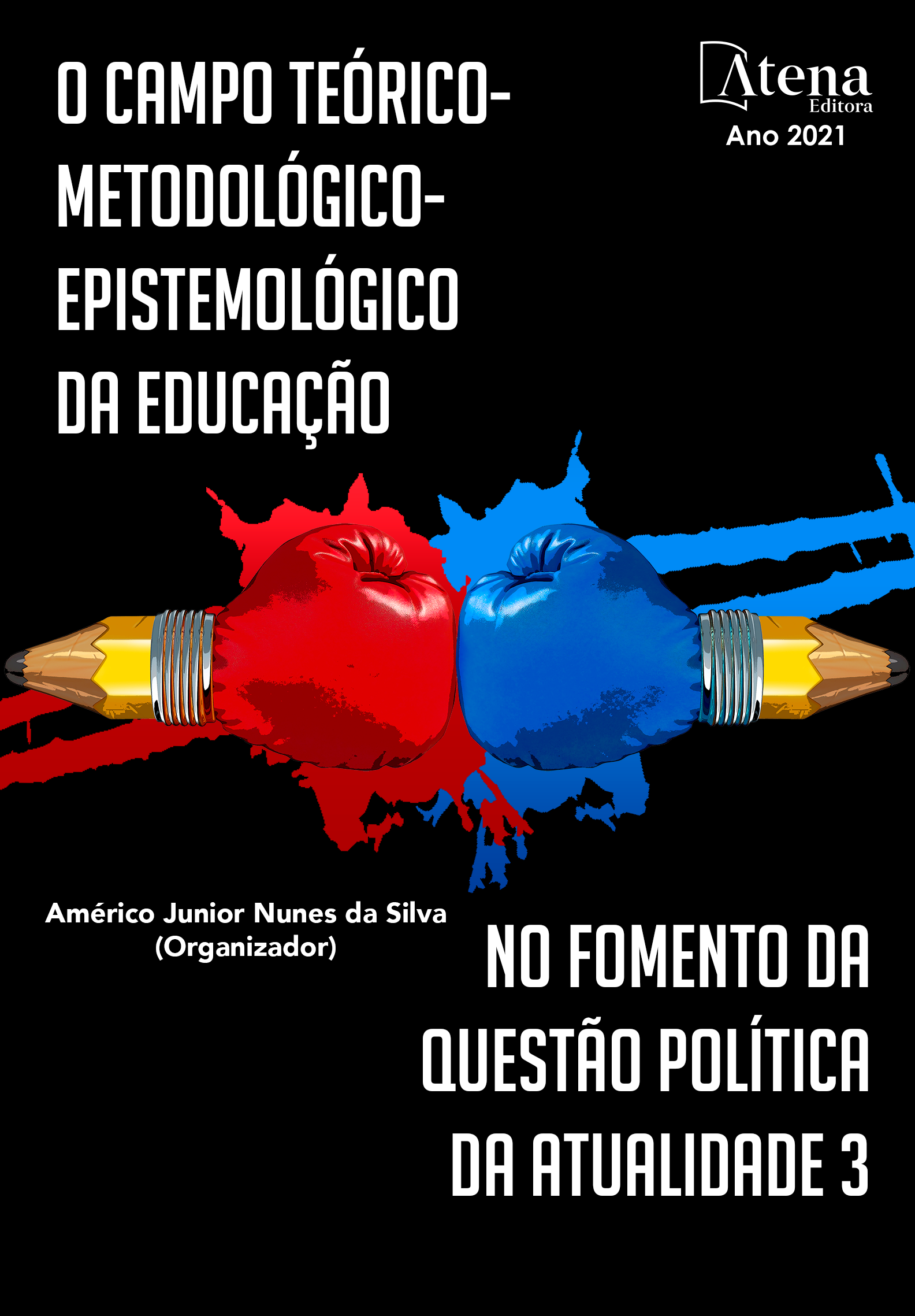
O JOGO PODE SE TRANSFORMAR EM DANÇA: UMA INTERVENÇÃO PEDAGÓGICA INCLUSIVA NA ESCOLA PÚBLICA
O trabalho traz uma reflexão sobre a inclusão de alunos com surdez na escola e as possibilidades de ensino nas aulas de dança para o Ensino Fundamental I. Trata-se de um relato de experiência na Escola Municipal de 1º e 2º graus Vicente de França Monte, localizada no Município de São Gonçalo do Amarante/RN. Dentre as viabilidades para se trabalhar com a educação artística, elegeu-se partir de investigações corporais, por meio do jogo, como ponto referencial para a intervenção pedagógica. O nosso escrito tem por objetivos refletir sobre as contribuições do jogo para o ensino da dança com crianças surdas e ouvintes; indicar uma possibilidade de trabalhar a dança por meio do jogo; considerando as experiências históricas corporais trazidas pelos estudantes. Definimos que a metodologia utilizada envolve a pesquisa descritiva qualitativa sob um viés do estudo de caso instrumental. A escolha do tema proposto favorece ao conhecimento, à valorização e ressignificação corporal por parte dos discentes, bem como, contribui para o entendimento das relações inclusivas e simbólicas que se inscrevem historicamente pelo corpo. Percebe-se que trabalhar com o conteúdo, de forma inclusiva, permite ampliar as visões intrínsecas dos educandos sobre o modo de perceber o mundo, como também, possibilita a descoberta de outros modos de contextualizar a dança a partir das experiências vividas pelos alunos no decorrer da pesquisa.
O JOGO PODE SE TRANSFORMAR EM DANÇA: UMA INTERVENÇÃO PEDAGÓGICA INCLUSIVA NA ESCOLA PÚBLICA
-
DOI: 10.22533/at.ed.30121250319
-
Palavras-chave: Escola. Educação Inclusiva. Ensino da Dança. Surdez.
-
Keywords: School. Inclusive education. Dance Teaching. Deafness.
-
Abstract:
The work brings a reflection on the inclusion of students with deafness in school and the teaching possibilities, in dance classes for Elementary School. It is an experience report in the Municipal School of 1st and 2nd degrees Vicente de França Monte, located in São Gonçalo do Amarante / RN. Among the feasibility to work with artistic education, it was chosen to start body investigations through the game, as a reference point for pedagogical intervention. Our writing aims to reflect on the contributions of the game to the teaching of dance with deaf and hearing children; indicate a possibility of working the dance through the game; considering the historical body experiences brought by the students. We define that the methodology used involves qualitative descriptive research focus in a instrumental case study. The choice of the proposed theme favors students' knowledge, appreciation and resignification on the part of the students, as well as contributing to the understanding of the inclusive and symbolic relationships that are historically inscribed by the body. It is noticed that working with the content in an inclusive way allows to expand the students' intrinsic views on the way of perceiving the world, as well as allowing the discovery of other ways to contextualize the dance from the experiences lived by the students during the research.
-
Número de páginas: 15
- Marcílio de Souza Vieira
- Andreia Silva de Melo


